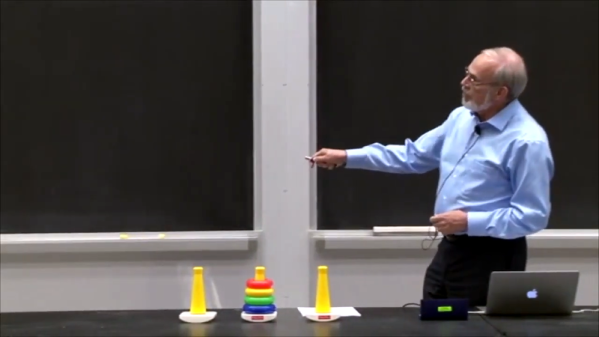Quantum computers stand a good chance of changing the face computing, and that goes double for encryption. For encryption methods that rely on the fact that brute-forcing the key takes too long with classical computers, quantum computing seems like its logical nemesis.
For instance, the mathematical problem that lies at the heart of RSA and other public-key encryption schemes is factoring a product of two prime numbers. Searching for the right pair using classical methods takes approximately forever, but Shor’s algorithm can be used on a suitable quantum computer to do the required factorization of integers in almost no time.
When quantum computers become capable enough, the threat to a lot of our encrypted communication is a real one. If one can no longer rely on simply making the brute-forcing of a decryption computationally heavy, all of today’s public-key encryption algorithms are essentially useless. This is the doomsday scenario, but how close are we to this actually happening, and what can be done?
Continue reading “Quantum Computing And The End Of Encryption”















